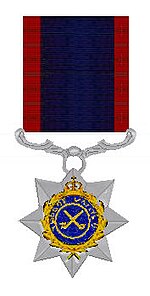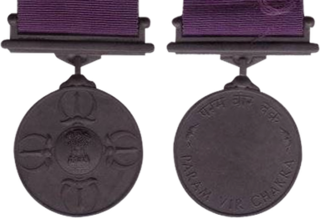
The Param Vir Chakra (PVC) is India's highest military decoration, awarded for displaying distinguished acts of valour during wartime. Param Vir Chakra translates as the "Wheel of the Ultimate Brave", and the award is granted for "most conspicuous bravery in the presence of the enemy". As of January 2018, the medal has been awarded 21 times, of which 14 were posthumous and 16 arose from actions in Indo-Pakistani conflicts. Of the 21 awardees, 20 have been from the Indian Army and one has been from the Indian Air Force. Major Somnath Sharma was the first recipient. A number of state governments of India as well as ministries of the central government provide allowances and rewards to recipients of the PVC.

Khudadad Khan, was a Pakistani recipient of the Victoria Cross, the highest award for gallantry in the face of the enemy that can be awarded to British and Commonwealth forces. During the First World War, on 31 October 1914 at Hollebeke, Belgium, while serving in the British Indian Army, he performed an act of bravery for which he was awarded the Victoria Cross.
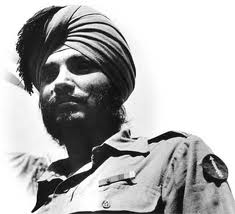
Gian Singh was a recipient of the Victoria Cross, the highest and most prestigious award for gallantry in the face of the enemy that can be awarded to British and Commonwealth forces.
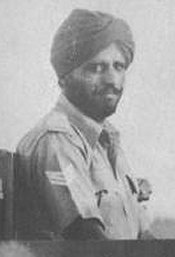
Major Parkash Singh VC was a Sikh Indian recipient of the Victoria Cross, the highest and most prestigious award for gallantry in the face of the enemy that can be awarded to British and Commonwealth forces.
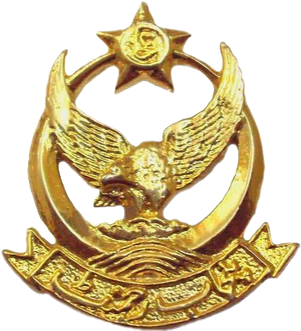
The Punjab Regiment is an infantry regiment of the Pakistan Army. The regiment takes its name from the historic Punjab region, which is now divided into the Punjab province of Pakistan and the Indian states of Punjab, Haryana and Himachal Pradesh. It was raised in its current form in 1956, following the amalgamation of the 1st, 14th, 15th and 16th Punjab regiments that were inherited by the Dominion of Pakistan from the British Indian Army upon the Partition of India. Since then, the regiment has expanded in size to 63 battalions.
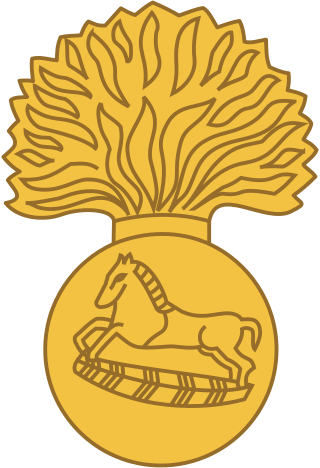
The Grenadiers is an infantry regiment of the Indian Army, formerly part of the Bombay Army and later the pre-independence British Indian Army, when the regiment was known as the 4th Bombay Grenadiers. It has distinguished itself during the two world wars and also since the Independence of India. The regiment has won many battle honours and gallantry awards, and is considered to be one of India's most decorated regiments with three Param Vir Chakra awardees in three different conflicts.

The Sikh Regiment is an infantry regiment of the Indian Army. It is the most highly decorated regiment of the Indian Army and in 1979, the 1st battalion was the Commonwealth's most decorated battalion, with 245 pre-independence and 82 post-independence gallantry awards, when it was transformed into the 4th battalion, Mechanised Infantry Regiment. The first battalion of the regiment was officially raised just before the partial annexation of the Sikh Empire on 1 August 1846, by the British East India Company. Currently, the Sikh Regimental Centre is located in Ramgarh Cantonment, Jharkhand. The Centre was earlier located in Meerut, Uttar Pradesh.

The Order of British India was an order of merit established in 1837 by the East India Company for "long, faithful and honourable service". The company's powers were removed after the Indian Mutiny, and the Order was incorporated into the British Honours System in 1859. The order became obsolete in 1947, after the partition of British India into the Dominion of India and the Dominion of Pakistan.

The Battle of Saragarhi was a last-stand battle fought before the Tirah Campaign between the British Indian Empire and Afghan tribesmen. On 12 September 1897, an estimated 12,000 – 24,000 Orakzai and Afridi tribesmen were seen near Gogra, at Samana Suk, and around Saragarhi, cutting off Fort Gulistan from Fort Lockhart. The Afghans attacked the outpost of Saragarhi where thousands of them swarmed and surrounded the fort, preparing to assault it. Led by Havildar Ishar Singh, the 21 soldiers in the fort—all of whom were Sikhs—refused to surrender and were wiped out in a last stand. The post was recaptured two days later by another British Indian contingent.

4th Horse (Hodson's Horse) is a part of the Armoured Corps of the Indian Army, which had its beginnings as an irregular cavalry regiment during the time of the Indian Rebellion of 1857.
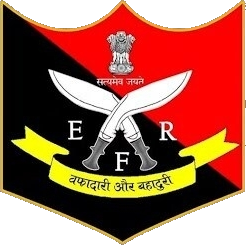
The Eastern Frontier Rifles (EFR) are a State Armed Police Force for the Indian state of West Bengal. They are a part of the West Bengal Police, as opposed to the Kolkata jurisdiction. The Border Guards Bangladesh are descended from the portion of the Eastern Frontier Rifles given to Pakistan during the partitioning of 1947.

The Deccan Horse or 9 Horse is one of the oldest and most decorated armoured regiments of the Indian Army. The Royal Deccan Horse , which was a regular cavalry regiment of the British Indian Army was formed from the amalgamation of two regiments after World War I. They saw service from the Mutiny of 1857 up to and including World War II.
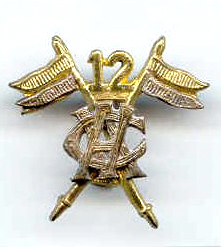
The 12th Cavalry Sam Browne's Cavalry (Frontier Force) is an armoured regiment of Pakistan Army. It was formed in the British Indian army in 1922 by the amalgamation of 22nd Sam Browne's Cavalry (Frontier Force) and 25th Cavalry (Frontier Force).

The Central India Horse was a regular cavalry regiment of the British Indian Army and is presently part of the Indian Army Armoured Corps.
Gurmukh Singh, was a Sikh soldier from the village Gadram Badi of Ropar in district Ambala of the province of Punjab in British India. Saini won the Indian Order of Merit 1st Class during the First World War for splendid courage on the battlefield on the night of 1 March 1916. He was also awarded Imperial Russia's highest exclusively military award for gallantry in the face of enemy, the Cross of St. George. According to the January 1919 Indian Army List Gurmukh Singh enlisted 19 March 1904 and was a Naik in the 3rd Sappers and Miners when on the 2 March 1916 he was awarded the IOM 1st class. He was later awarded The Cross of St. George, 3rd class according to Honours and awards, Indian Army 1914–21. He was commissioned Jemadar 1 September 1917, and was still serving in 1923 according to the April 1923 Indian Army List.

The Indian Distinguished Service Medal (IDSM) was a military decoration awarded by the British Empire to Indian citizens serving in the Indian armed forces and military police. When it was instituted in 1907 it was the second highest award available to Indians, behind the Indian Order of Merit (IOM). However, when eligibility for the Victoria Cross was extended to cover all Commonwealth subjects in 1911, the IDSM became third highest in the order of precedence. It was instituted in order to recognise acts of gallantry that did not meet the standards required of the IOM. The award was discontinued following the partition and subsequent independence of India in 1947.

Sikhs served in the British Indian Army throughout the British Raj. Sikh units fought at the Battle of Saragarhi; in the First World War, as the "Black Lions", as well as during the Second World War in Malaya, Burma and Italy.

Sardar Lehna Singh, Sardar Bahadur, (1825–1916) was a British Indian Army soldier and the Chief of the village Lehna Singhwala.
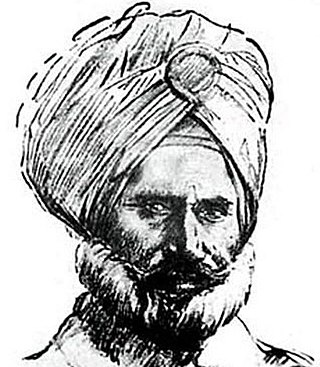
Havildar Ishar Singh, was an Indian-Sikh Havildar and war hero of the 36th Sikhs. He was known leading the regiment on a last stand against the 10,000-12,000 strong Pashtun tribesmen with only 20 other men at the Battle of Saragarhi. After sustaining enough resistance, Singh was fighting alone but refused to surrender and fought to the death along with the rest.
